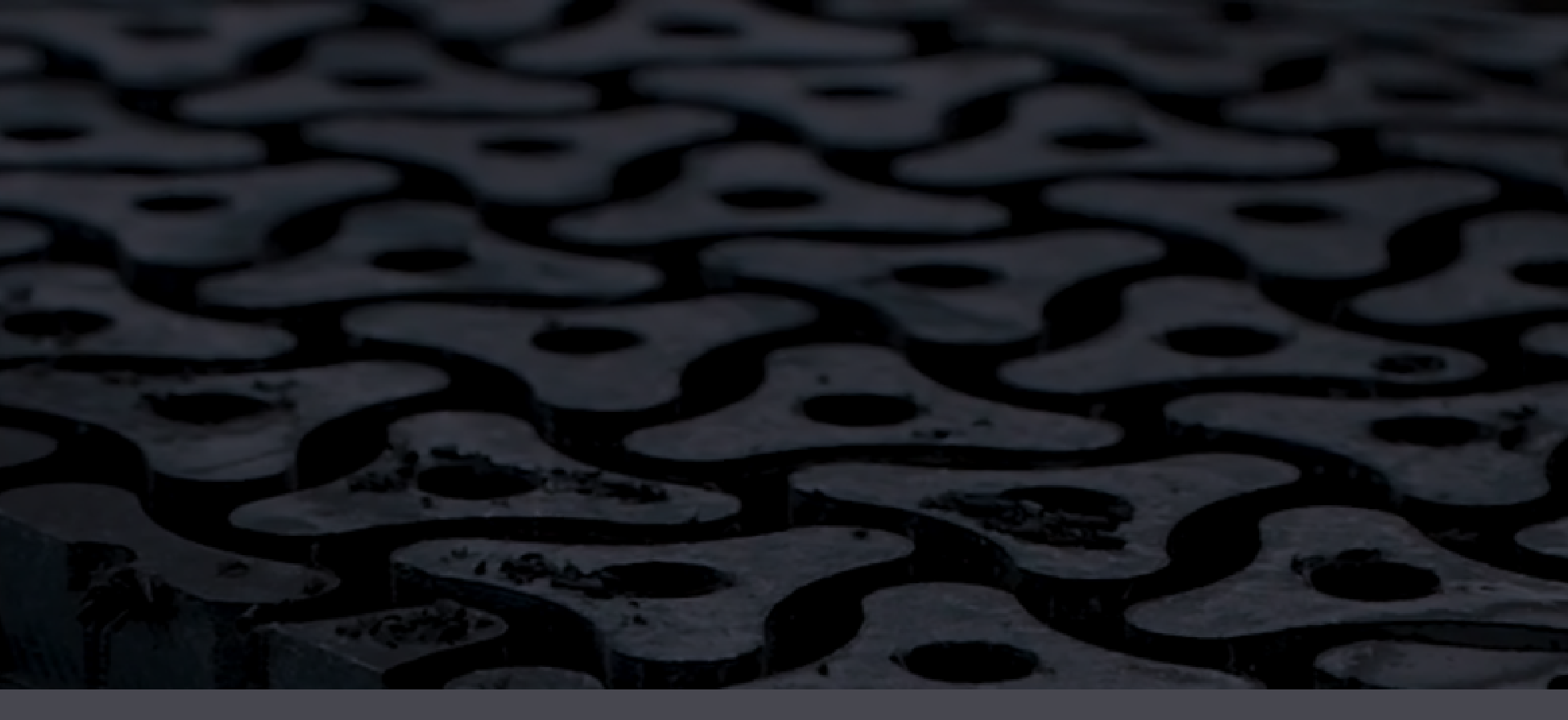PTFE GF is the trade name for glass-filled polytetrafluorethylene (PTFE). Being the most commonly used filler because of its excellent performance under load at both high and low temperatures. Although the wear and friction behaviour is improved with this filler, there is little effect on the electrical properties. Glass fibre is the most widely used filler. It improves the creep resistance of PTFE both at low and high temperature. It is chemically stable (except to strong alkalis and hydrofluoric acid-HF). It has little effect on the electrical properties of PTFE and improves its wear and friction behaviour. An often cited problem with glass-filled PTFE is discolouration of the finished parts, in particular on the inside of large billets.
Material Properties
PTFE – GF have a homogeneous and dense structure. The surface is smooth with a white to light grey appearance. The filler adds to the materials stiffness and surface hardness with improved creep and chemical resistance, making it an excellent choice for bearing, seal and pressure applications.
Applications
PTFE has excellent dielectric properties. This is especially true at high radio frequencies, making it suitable for use as an insulator in cables and connector assemblies and as a material for printed circuit boards used at microwave frequencies. Combined with its high melting temperature, this makes it the material of choice as a high-performance substitute for the weaker and lower melting point polyethylene that is commonly used in low-cost applications. Its extremely high bulk resistivity makes it an ideal material for fabricating long life electrets, useful devices that are the electrostatic analogues of magnets. Because of its chemical inertness, PTFE cannot be cross-linked like an elastomer. Therefore it has no “memory,” and is subject to creep (also known as “cold flow” and “compression set”). This can be both good and bad. A little bit of creep allows PTFE seals to conform to mating surfaces better than most other plastic seals. Too much creep, however, and the seal is compromised. Compounding fillers control unwanted creep and improve wear, friction, and other properties. Sometimes metal springs apply continuous force to PTFE seals to give good contact, while permitting some creep. Due to its low friction, it is used for applications where sliding action of parts is needed: bearings, bushings, gears, slide plates, etc. In these applications it performs significantly better than nylon and acetal; it is comparable to ultra high-molecular weight polyethylene (UHMWPE), although UHMWPE is more resistant to wear than Teflon. For these applications, versions of Teflon with mineral oil or molybdenum disulfide embedded as additional lubricants in its matrix are being manufactured. Formulations of PTFE include infusions with glass, carbon and bronze and other fillers, giving it added properties while allowing it to retain most of its unique characteristics.
Key Features & Benefits
-
Excellent chemical
-
Lowest co-efficient of friction
-
High operating temperature and stability
-
Outstanding dielectric properties
-
Slippery non-stick surface
-
Excellent UV resistance
Shapes Available

Sheet

Rod
Moulded Cylinder
Film

NEED MORE INFORMATION, PRICING OR SPECS?
If you would like more information please contact us today and one of our friendly team will respond.
CONTACT US


